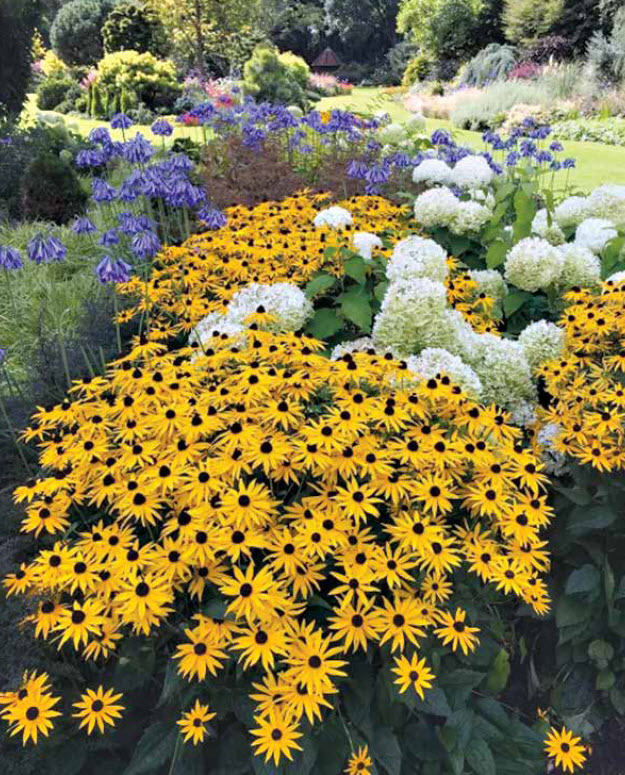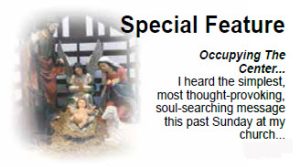 By: Lynne Hart
By: Lynne Hart
During the past few weeks, Claire and I have been visiting 5th-grade classrooms at Athens Intermediate School as guest presenters for the 4-H program. It is our goal to teach students about our environment while playing a competitive game of Jeopardy.
One of the questions asked why it might be better to landscape our property using native plants as opposed to non-native plants. The students first had to understand the difference between native and non-native plants to answer the question properly.
What Is A Native Plant?
Plants that have thrived right here are the ones that native birds and wildlife have come to depend on for food and shelter. These plants and animals have “grown up” together and depend on each other. When they are removed on a large scale, as often happens when land is cleared for construction, and replaced with “pretty” plants and shrubs that are not native, there is a disruption in the web of life. Wildlife that depend on these plants must then move to other areas or just don’t survive.
What Is A Non-Native Plant?
A non-native plant is one that is introduced to an area in which it did not naturally evolve. Some of these plants may not have natural predators in the new location, allowing them to grow unchecked. When this happens, they are considered invasive plant species. Plants that are not native to our area may also require more care to help them thrive.
Some examples of invasive plants in the Tennessee Valley are kudzu, Chinese privet, and Callery pear. All are native to China and surrounding countries and were brought to the United States for a specific purpose. Often non-native plants are brought into a new location that does not offer the environmental checks and balances, such as seasonal weather, diseases, or insect pests that kept them under control in their native areas. When these plants “escape” and become established outside the controlled areas in which they were planted, they can grow unchecked and choke out native plants.

Select Plants Wisely
When selecting plants for your landscape or gardens, be sure to look for plants, trees, and shrubs native to your location. Local nurseries would be happy to help you. You may also contact your local Extension Office for help with selecting plants that will thrive in your garden conditions.
When choosing plants that work well together and are suited to this area, nature will be more in balance making your garden a welcoming habitat for local wildlife. Native plants and shrubs will provide seeds, nectar, and insects that will welcome native birds, butterflies, and other wildlife back into your yard.
You might even consider adding a “Welcome” sign to your garden!
By: Lynne Hart
KALB Commission Member, Keep Athens-Limestone Beautiful






